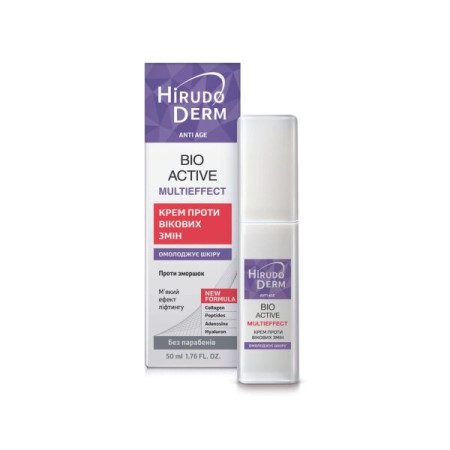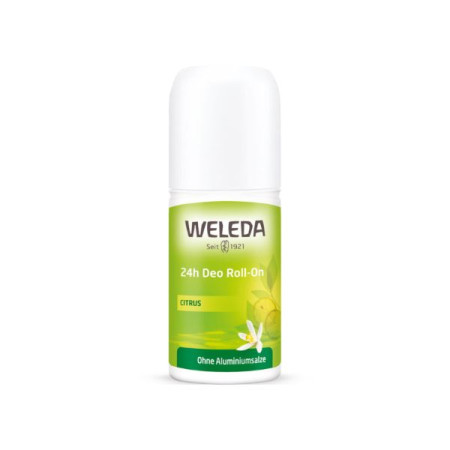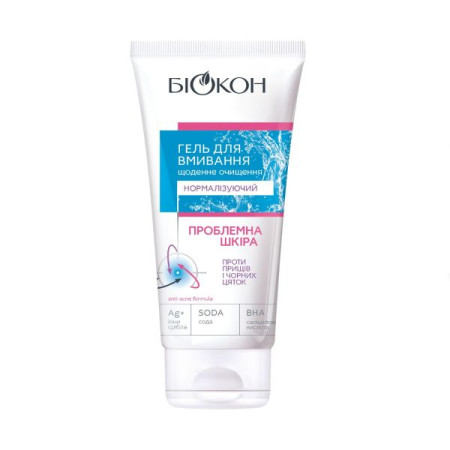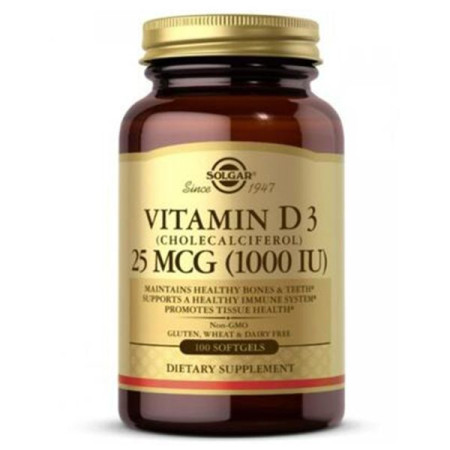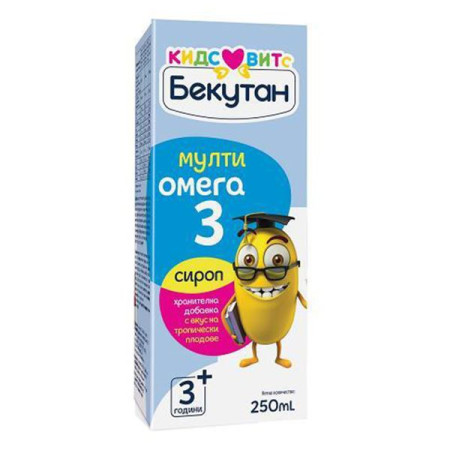Euphyllin-Darnitsa solution for injection 2% ampoule 5 ml No. 10

Instructions for Euphyllin-Darnitsa injection solution 2% ampoule 5 ml No. 10
Composition
active ingredient: theophylline;
1 ml of solution contains: theophylline – 20 mg;
Excipients: sodium acetate trihydrate, sodium hydroxide, water for injections.
Dosage form
Solution for injection.
Main physicochemical properties: clear colorless liquid.
Pharmacotherapeutic group
Means for systemic use in obstructive airway diseases. Xanthines. Theophylline. ATX code R03D A04.
Pharmacological properties
Pharmacodynamics
Theophylline is a bronchodilator and antispasmodic.
The mechanism of bronchodilator action is due to the ability of theophylline to block adenosine receptors, non-selectively inhibit the phosphodiesterase enzyme and thereby increase the concentration of cyclic 3',5'-AMP (cAMP) in tissues, inhibit the transport of calcium ions through the "slow" channels of cell membranes and reduce its release from intracellular depots. Theophylline inhibits the release of inflammatory mediators from mast cells, increases mucociliary clearance, stimulates diaphragm contraction and improves the function of respiratory and intercostal muscles.
It exhibits a pronounced bronchodilator effect due to direct relaxation of bronchial smooth muscle. The severity of the bronchospasmolytic effect depends on the concentration of theophylline in the blood serum.
Normalizes respiratory function, promotes blood oxygen saturation and reduction of carbon dioxide concentration; stimulates the respiratory center. Enhances lung ventilation in conditions of hypokalemia.
Inhibits platelet aggregation (inhibits platelet activating factor and prostaglandin E2), increases the resistance of erythrocytes to deformation (improves the rheological properties of blood), reduces thrombus formation, and normalizes microcirculation.
It has a stimulating effect on the central nervous system and heart activity, increases the force and frequency of heart contractions, increases coronary blood flow and myocardial oxygen demand. It reduces the tone of blood vessels (mainly vessels of the brain, skin and kidneys). It reduces pulmonary vascular resistance, reduces pressure in the small circle of blood circulation. It increases renal blood flow, has a moderate diuretic effect. It dilates the extrahepatic bile ducts.
Therapeutic effects develop 5-15 minutes after intravenous injection.
Pharmacokinetics
The bioavailability of the drug is 80-100%. The connection with plasma proteins is about 60%. Penetrates through the placental barrier and into breast milk. It is metabolized in the liver (90%) with the participation of several cytochrome P450 enzymes (the most important CYP1A2). The main metabolites of the drug are 1,3-dimethyluric acid and 3-methylxanthine. Metabolites are excreted by the kidneys. About 7-13% of the administered dose is excreted unchanged (in children - 50%). In infants, a significant part is excreted in the form of caffeine (due to the immaturity of the pathways of its further metabolism). The half-life (T1/2) in non-smoking patients is 6-12 hours; in smokers, it is significantly shorter - 4-5 hours, in children - 1-5 hours, in newborns and premature babies - 10-45 hours. In patients with cirrhosis of the liver, with renal failure and in patients with alcoholism, T1/2 is prolonged. The total clearance of the drug is reduced in patients with fever, patients with severe respiratory, hepatic and cardiac failure, with viral infections, in patients over 55 years of age.
Indication
Bronchoobstructive syndrome in bronchial asthma, bronchitis, pulmonary emphysema, disorders of the respiratory center (paroxysmal nocturnal apnea), "pulmonary heart".
Contraindication
Increased individual sensitivity to the components of the drug, as well as to other xanthine derivatives (caffeine, pentoxifylline, theobromine), acute heart failure, angina pectoris, acute myocardial infarction, decompensated chronic heart failure, paroxysmal tachycardia, extrasystole, severe arterial hypertension and hypotension, widespread atherosclerosis of blood vessels, pulmonary edema, hemorrhagic stroke, retinal hemorrhage, glaucoma, history of bleeding, gastric and duodenal ulcer (in the acute stage), gastroesophageal reflux, epilepsy, increased convulsive readiness, uncontrolled hypothyroidism, hyperthyroidism, thyrotoxicosis, severe hepatic and/or renal failure, porphyria, sepsis, use in children simultaneously with ephedrine.
Interaction with other medicinal products and other types of interactions
The effect of theophylline may be enhanced by concomitant use of allopurinol, acyclovir, carbimazole, zafirlukast, cimetidine, nizatidine, disulfiram, phenylbutazone, fluvoxamine, fluconazole, fluoroquinolones, furosemide, imipenem, isoprenaline, interferon alpha, isoniazid, calcium antagonists (verapamil, diltiazem), lincomycin, macrolides, amiodarone, mixeltine, methotrexate, paracetamol, pentoxifylline, oral contraceptives, probenecid, propafenone, propranolol, ranitidine, tacrine, thiabendazole, ticlopidine, viloxazine, or influenza vaccine. In patients taking one or more of the above drugs concurrently with theophylline, the serum theophylline concentration should be monitored and the dose reduced if necessary.
The combination of theophylline and fluvoxamine should be avoided. If this combination cannot be avoided, patients should take half the dose of theophylline and closely monitor plasma concentrations of the latter.
When taking ciprofloxacin simultaneously, the dose of theophylline should be reduced by at least 60%, and when taking enoxacin simultaneously, by 30%.
The effect of theophylline may be reduced by concomitant administration of antiepileptic drugs (e.g. phenytoin, carbamazepine, primidone), barbiturates (especially phenobarbital and pentobarbital), aminoglutemide, magnesium hydroxide, moracizin, rifampicin, ritonavir or sulfinpyrazone. The effect of theophylline may also be reduced in smokers. In patients taking one or more of the above drugs simultaneously with theophylline, the serum concentration of theophylline should be monitored and the dose adjusted.
The concomitant use of theophylline with herbal preparations containing St. John's wort (Hypericum perforatum) should be avoided.
Ephedrine enhances the effect of theophylline.
Theophylline may enhance the effects of beta-agonists, diuretics, and reserpine. Theophylline may reduce the effectiveness of adenosine, lithium carbonate, and beta-receptor antagonists.
The concomitant use of theophylline and beta-receptor antagonists should be avoided, as theophylline may lose its effectiveness.
Combinations of theophylline and benzodiazepines, halothane and lomustine should be used with extreme caution. Halothane anesthesia can cause serious cardiac arrhythmias in patients taking theophylline.
Concomitant use of theophylline with ketamine may reduce the seizure threshold, and with doxapram may cause stimulation of the central nervous system.
Hypokalemia may occur during treatment with theophylline, especially with combined treatment with beta-receptor agonists, thiazide diuretics, furosemide, corticosteroids, and in the presence of hypoxemia; therefore, periodic monitoring of serum potassium levels is recommended.
Application features
Before administration, the solution must be warmed to body temperature.
Use with caution in diseases of the cardiovascular system, liver, viral infection, prolonged hyperthermia, prostatic hypertrophy, severe hypoxia, diabetes mellitus, glaucoma, and in elderly people (over 60 years of age).
The drug should be prescribed with caution only in cases of acute need, in cases of impaired renal function, in patients with a history of gastric and duodenal ulcers. Patients with a history of convulsive states should avoid theophylline and resort to alternative treatment. The drug should be used with caution in patients suffering from insomnia.
Smoking and alcohol consumption may lead to increased clearance of theophylline and, consequently, to a decrease in its therapeutic effect and the need for higher doses.
Fever, regardless of its cause, may reduce the rate of theophylline excretion.
Theophylline may alter some laboratory parameters: increase the amount of fatty acids and the level of catecholamines in the urine.
Use during pregnancy or breastfeeding
The drug is contraindicated during pregnancy. If necessary, use of the drug should be discontinued breastfeeding.
Ability to influence reaction speed when driving vehicles or other mechanisms
Considering that sensitive patients may experience adverse reactions (dizziness, others) when using the drug, during the period of use of the drug, one should refrain from driving vehicles and performing other work that requires concentration of attention.
Method of administration and doses
The drug should be administered intravenously. The dose of the drug should be selected individually, taking into account the possibility of different rates of excretion.
If the patient is taking oral theophylline, the dose of parenteral theophylline should be reduced.
When administering the drug, the patient is in a supine position; the doctor monitors blood pressure, heart rate, respiratory rate, and the patient's general condition.
Prepare the solution immediately before use - for intravenous jet administration, dilute a single dose of the drug in 10-20 ml of 0.9% sodium chloride solution; for intravenous drip administration, dilute a single dose of the drug in 100-150 ml of 0.9% sodium chloride solution.
When administering the drug, calculate the dose in milligrams of theophylline, considering that 1 ml of the drug contains 20 mg of theophylline.
Adults should be administered intravenously by jet injection at a daily dose of 10 mg/kg of body weight (on average 600-800 mg of theophylline), divided into 3 injections. In case of cachexia and in persons with an initial low body weight, the daily dose should be reduced to 400-500 mg, while during the first injection, no more than 200-250 mg should be administered.
If you experience rapid heartbeat, dizziness, or nausea, reduce the rate of administration or switch to drip administration of the drug.
Children over 14 years of age: intravenously drip at a dose of 2-3 mg/kg of body weight. The maximum daily dose for children over 14 years of age is 3 mg/kg of body weight.
Maximum daily doses that can be used without monitoring theophylline plasma concentrations: children aged 3-9 years - 24 mg/kg body weight, 9-12 years - 20 mg/kg body weight, 12-16 years - 18 mg/kg body weight, patients aged 16 years and older - 13 mg/kg body weight (or 900 mg).
Higher doses for adults. Intravenously: single dose – 250 mg, daily dose – 500 mg.
Higher doses for children. Intravenously: single dose – 3 mg/kg body weight.
The duration of treatment depends on the severity and course of the disease, sensitivity to the drug and ranges from several days to two weeks (but not longer than 14 days).
Do not use in patients with severe renal and/or hepatic impairment (see section "Contraindications").
Children.
The drug should not be used for intravenous administration in children under 3 years of age.
For children aged 3 years and over, the drug can be used for vital indications, but not longer than 14 days.
Overdose
With rapid intravenous administration, convulsions, arrhythmias, severe hypotension, and angina pectoris are possible.
At plasma theophylline concentrations above 20 mg/ml (110 μmol/l), nausea, vomiting (repeated vomiting, sometimes with blood, can lead to dehydration), diarrhea, agitation, tremor, hypertension, hyperventilation, supraventricular and ventricular arrhythmias, hypotension, convulsions, metabolic disorders (hypokalemia, hypercalcemia, hypophosphatemia, hyperuricemia, hyperglycemia, metabolic acidosis, respiratory alkalosis) are observed. Other toxic manifestations include dementia, toxic psychosis, symptoms of acute pancreatitis, rhabdomyolysis with renal failure.
Treatment: depends on the severity of symptoms and includes drug withdrawal, correction of hemodynamics, stimulation of theophylline excretion from the body (forced diuresis, hemosorption, plasmasorption, hemodialysis, peritoneal dialysis), administration of symptomatic agents, oxygen therapy, artificial lung ventilation. Diazepam should be used intravenously to stop seizures. The use of barbiturates is inappropriate. The use of antiarrhythmic drugs that have a proconvulsant effect, such as lidocaine, should be avoided in ventricular arrhythmias due to the risk of exacerbation of seizures.
For effectiveness and safety, the serum concentration of the drug should be maintained within 10-15 mg/kg; if it is not possible to determine the concentration of theophylline in the blood, its daily dose should not exceed 10 mg/kg.
Adverse reactions
From the side of the central and peripheral nervous system: agitation, anxiety, restlessness, anxiety, sleep disturbances, insomnia (especially in children), headache, dizziness, tremor, irritability, seizures, hallucinations, delirium, epileptiform seizures, confusion/loss of consciousness, presyncopal state.
From the cardiovascular system: palpitations, cardialgia, arrhythmias, tachycardia, extrasystole, decreased blood pressure, heart failure, increased frequency of angina attacks, collapse (with rapid intravenous administration), shock.
On the part of the urinary system: increased diuresis (due to increased glomerular filtration), in elderly patients - difficulty urinating (due to relaxation of the detrusor).
On the part of the immune system: allergic reactions, including rash, urticaria, itching, angioedema, exfoliative dermatitis, anaphylactic shock, bronchospasm.
On the part of the gastrointestinal tract: stimulation of gastric acid secretion, stomach pain, decreased appetite, diarrhea, intestinal atony, gastroesophageal reflux, heartburn, exacerbation of peptic ulcer disease, nausea, vomiting.
Metabolic disorders: metabolic acidosis, hypokalemia, hypercalcemia, hyperuricemia, hyperglycemia, acid-base imbalance, rhabdomyolysis.
Local reactions: reactions at the injection site (induration, hyperemia, soreness).
Others: increased body temperature, chills, facial flushing, feeling of heat, increased sweating, weakness, shortness of breath.
Incompatibility.
Do not use in the same syringe with other injectable drugs, except for 0.9% sodium chloride solution, due to pharmaceutical incompatibility. The drug cannot be used with solutions of glucose, fructose and levulose.
It is necessary to take into account the pH of solutions used together with euphylline - the drug is pharmaceutically incompatible with acid solutions.
Expiration date
3 years.
Storage conditions
Store in original packaging at a temperature not exceeding 25 ° C. Do not freeze.
Keep out of reach of children.
Packaging
Vacation category
According to the recipe.
Producer
PrJSC "Pharmaceutical Company "Darnitsa".
Location of the manufacturer and its business address
Ukraine, 02093, Kyiv, Boryspilska St., 13.
There are no reviews for this product.
There are no reviews for this product, be the first to leave your review.
No questions about this product, be the first and ask your question.












